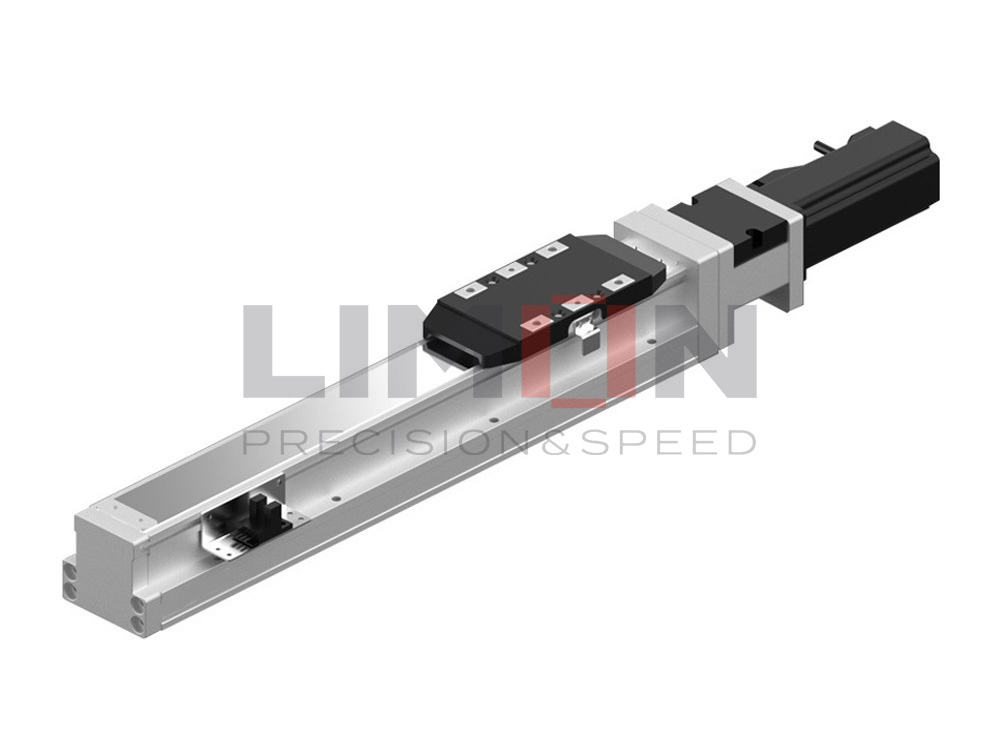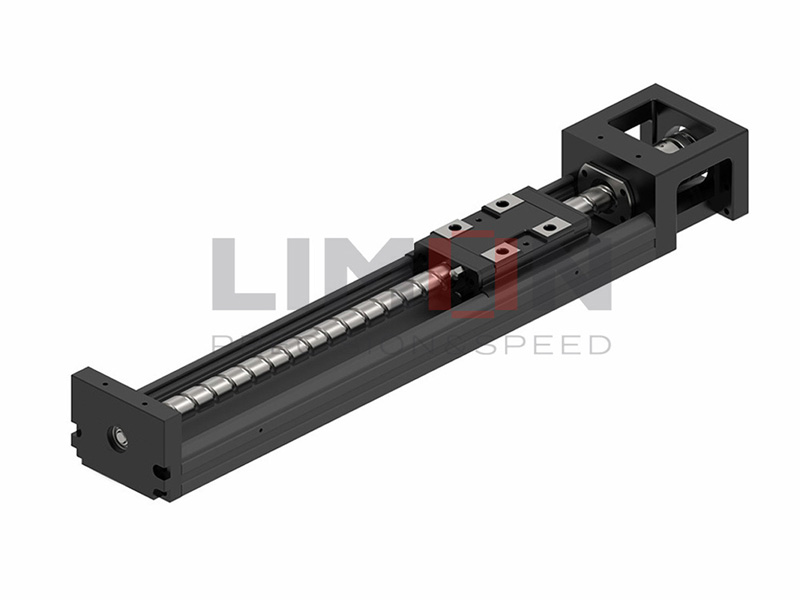In the world of modern automation, robotics, and CNC machining, precision is king. That’s where the servo drive comes in — a core element of motion control systems that ensures servo motors deliver flawless, responsive movement.
Let’s dive into what a servo drive is, how it works, and why it’s indispensable for high-performance industrial applications.
What Is a Servo Drive?
A servo drive is an electronic amplifier that controls a servo motor by regulating power based on real-time feedback. It acts as the vital bridge between the motion controller and the servo motor, constantly making adjustments to match desired output with actual motor behavior.
Key Functions:
Translates control signals (from PLC, CNC, or microcontrollers) into power commands.
Maintains motor performance by minimizing error between command and feedback.
Enables precise control of position, velocity, and torque.
Key Components of a Servo Drive
A servo drive system is composed of several integrated modules that work together in real time.
1. Controller Interface
Receives motion commands like target position, speed, or torque.
2. Feedback Sensors
Includes encoders, resolvers, or Hall-effect sensors to detect motor position and speed.
3. Error Amplifier
Compares command input with feedback to calculate the deviation (error).
4. Power Electronics
Rectifier: Converts AC input to DC power.
Inverter: Uses PWM (Pulse Width Modulation) to create variable AC output tailored to motor requirements.
Control Loops: PID algorithms are applied to adjust torque, velocity, and position dynamically.
How Does a Servo Drive Work?
Let’s break it down into sequential operations for clarity:
1. Command Input
The servo drive receives setpoints (like target speed or position) from a controller.
2. Feedback Acquisition
Real-time sensor feedback reports the actual motor state.
3. Error Calculation
The system calculates the difference between the command and actual values.
4. Closed-Loop Correction
Control loops are engaged to regulate output:
Current Loop (Inner): Controls torque via motor current.
Velocity Loop (Middle): Regulates motor speed.
Position Loop (Outer): Adjusts to reach the desired position precisely.
5. Power Modulation
The inverter modulates voltage and frequency to drive the motor efficiently using PWM.
6. Real-Time Updates
The loop constantly adjusts the motor to maintain precise control, even under fluctuating loads.
Technical Features of Servo Drives
Servo drives are built for reliability and intelligent performance.
Closed-Loop Feedback: Ensures automatic correction of errors.
Digital Processing: Most modern drives use DSPs for high-speed signal processing.
Communication Protocols: Supports EtherCAT, CANopen, Modbus, and traditional analog or pulse/direction signals.
Built-In Protections: Against overcurrent, overheating, and short-circuiting.
Applications of Servo Drives
Servo drives are the backbone of high-precision motion control in:
CNC machinery
Robotic systems
Aerospace and defense equipment
Automated packaging lines
Printing and textile automation
Wherever speed, torque, and position must be controlled with pinpoint accuracy, servo drives are the solution.
Tuning & Optimization
Achieving optimal performance from your servo drive system requires tuning:
PID Tuning
Manually adjusting Proportional, Integral, and Derivative gains to balance responsiveness with stability.
Auto-Tuning
Modern servo drives often feature auto-tuning capabilities, automatically adapting to motor parameters.
Servo Drives vs Other Motor Controllers
Not all drives are created equal. Here’s how servo drives compare:
Vs. VFDs (Variable Frequency Drives)
VFDs control motor speed only.
Servo drives manage position, velocity, and torque — making them ideal for dynamic applications.
Vs. Stepper Drivers
Stepper motors operate in open-loop; missed steps go undetected.
Servo drives operate in closed-loop, correcting errors in real time.
Final Thoughts: Why Servo Drives Matter in Modern Industry
A servo drive isn’t just another component — it’s the intelligent heart of your motion control system. Whether you’re running a robotic arm on an assembly line or managing automation in a precision manufacturing facility, the servo drive ensures that every movement is exact, efficient, and repeatable.
Want to integrate high-performance motion control into your next automation project? Let’s talk specs, speed, and smart control — and get things moving the right way.




